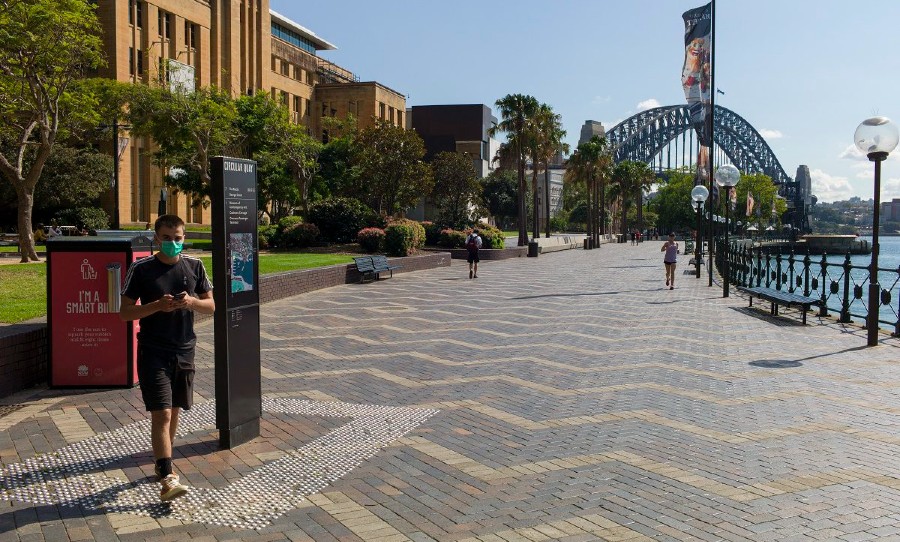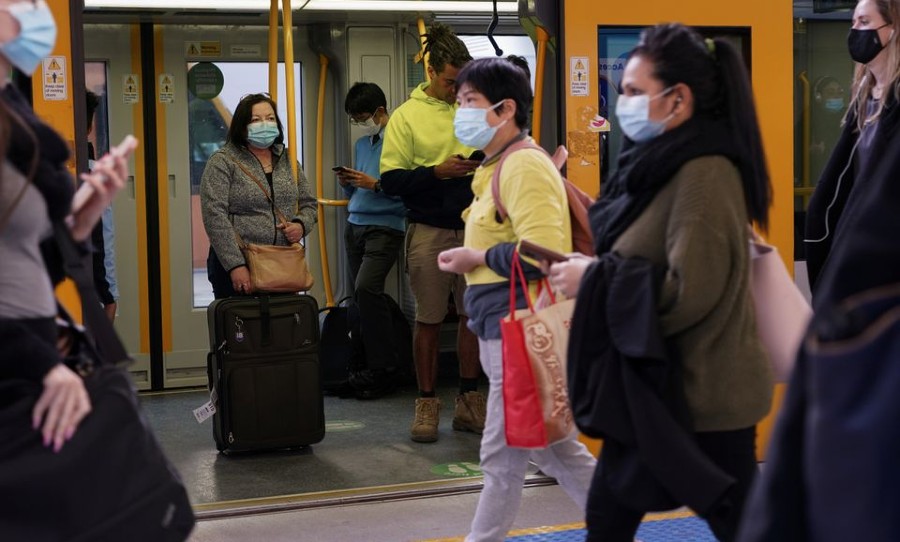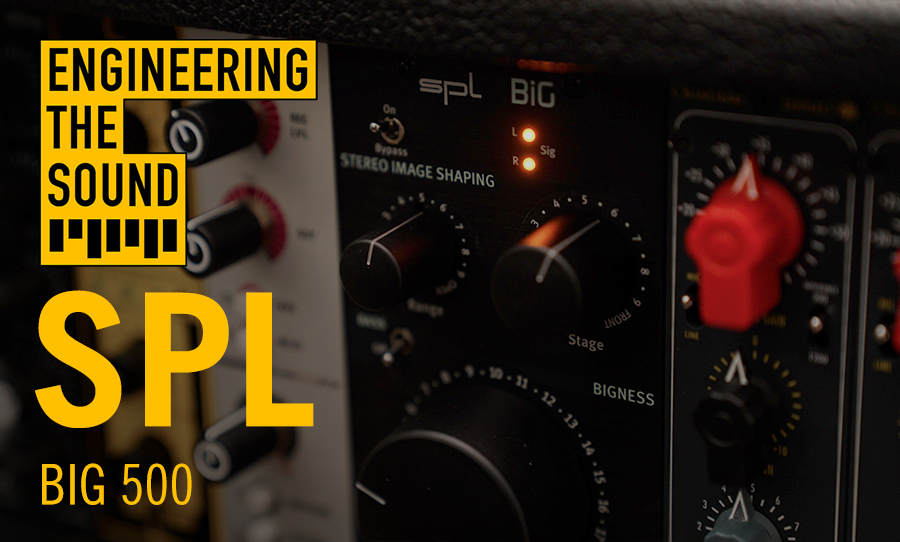Will the extended two weeks of NSW’s ‘soft’ lockdown be able to contain the contagious Delta variant?
Unfortunately, NSW isn’t the only place to be experiencing this rapid surge in the uncontrollable Delta strain.
Unlike the first COVID-19 waves in South-East Asia that were eventually suppressed, the current Delta variant waves in South-East Asia are proving much more unmanageable.

Thailand is recording 9,000 new cases a day with 80 deaths per day alone, while Indonesia has been marked as the new COVID epicentre in South-East Asia.
Australia is on par with countries like Vietnam, Thailand and Malaysia with low vaccination rates.
4.7 per cent of Thailand’s population is fully vaccinated, while Vietnam is at 0.3 per cent and Malaysia at 11 per cent.
It’s being questioned whether previous lockdown and transmission methods will be enough to fight the more contagious Delta strain, and whether anyone has conquered the Delta battle.
An epidemiologist from Burnet Institute, Michael Toole, weighs in:
“I think the evidence from South-East Asia and East Asia shows that what worked last year doesn’t necessarily work this year. There are huge waves.”
With the low vaccination rates of South-East Asian countries follows lockdowns being introduced. Vietnam ordered nine million residents in Ho Chi Minh City alone into hard lockdown last week.
Like Australia, these residents are only permitted to leave their homes to buy food, access medicine, or emergency. Despite this, more than two thousand infections have been reported from the last day.
Malaysia’s strict measurements were only introduced six weeks ago when cases surpassed the 7,000 mark.
Like Vietnam, the infection rates continue to increase. Thailand’s cases surged into the thousands before authorities placed Bangkok under a curfew and shut non-essential shops.
Sydney’s daily infection rates have slowly crept into triple digits, looming at the 100 mark. Professor Toole’s opinion is that the same mistakes are being repeated.
“Sydney, Bangkok, Phnom Penh are all in the same boat – facing the same variant of the virus and all initially hesitating to go into a full lockdown,” he said.
He reiterated that past methods are not providing the same effect.
“Even the best of them, Vietnam is struggling because what they relied on last year, which was rapid testing and tracing and selective lockdowns, just isn’t going to work this time because the virus is spreading too quickly.”
Some have criticised Sydney’s current lockdown practices as not being strict enough and need to be enforced at the same level as the 2020 lockdown in Victoria. Professor Toole confirms,
“To fight this variant we have to do it faster and harder – don’t be soft.”
He has highlighted the best examples in Australia that have approached the Delta variant, including Perth, Brisbane, and Darwin. All three cities enacted short, sharp lockdowns as soon as a few cases emerged.
Professor Toole however, sheds light by arguing that it is not too late for NSW to control the virus.
He agrees that lockdown needs to reflect Victoria’s lockdown and include the temporary closure of non-essential shops and to hinder the public’s movement to a five-kilometre radius from their home instead of ten-kilometres.
Gold Standard spread.#melbournelockdown pic.twitter.com/5zaWL7Ge5G
— MattGolding Cartoons (@GoldingCartoons) July 14, 2021
To support this, the Burnet Institute’s recent modelling indicated that if current NSW lockdown methods remain intact that Sydney will still be seeing 40 cases a day.
But if Sydney followed in Melbourne’s footsteps, cases would drop to below five cases a day.
“The existing lockdown does flatten the curve but it doesn’t bend the curve down, so it won’t be good enough for New South Wales to come out of lockdown,” Professor Toole reiterated.
Gladys Berejiklian has a different take on the matter, stating that comparing current Sydney to past Melbourne is like ‘apples and oranges’ given the new Delta strain, and that it’s unfair to compare the two situations. She stated:
“The Victorian government waited far longer than we did to go into the lockdown situation but I don’t think it’s fair to compare. We have the right balance here.”
With Australia’s fully vaccinated rate currently being 9.1 per cent as opposed to yesterday’s 9.0 per cent, you could beg to differ that we have the right balance.
Wondering who delivered #Delta to Victoria? #GladysTheSuperSpreader #COVID19nsw #COVID19 #nswpol #nswlockdown #melbournelockdown pic.twitter.com/CJ7SCUK4dt
— Tony Bee (@rustedon1962) July 14, 2021



